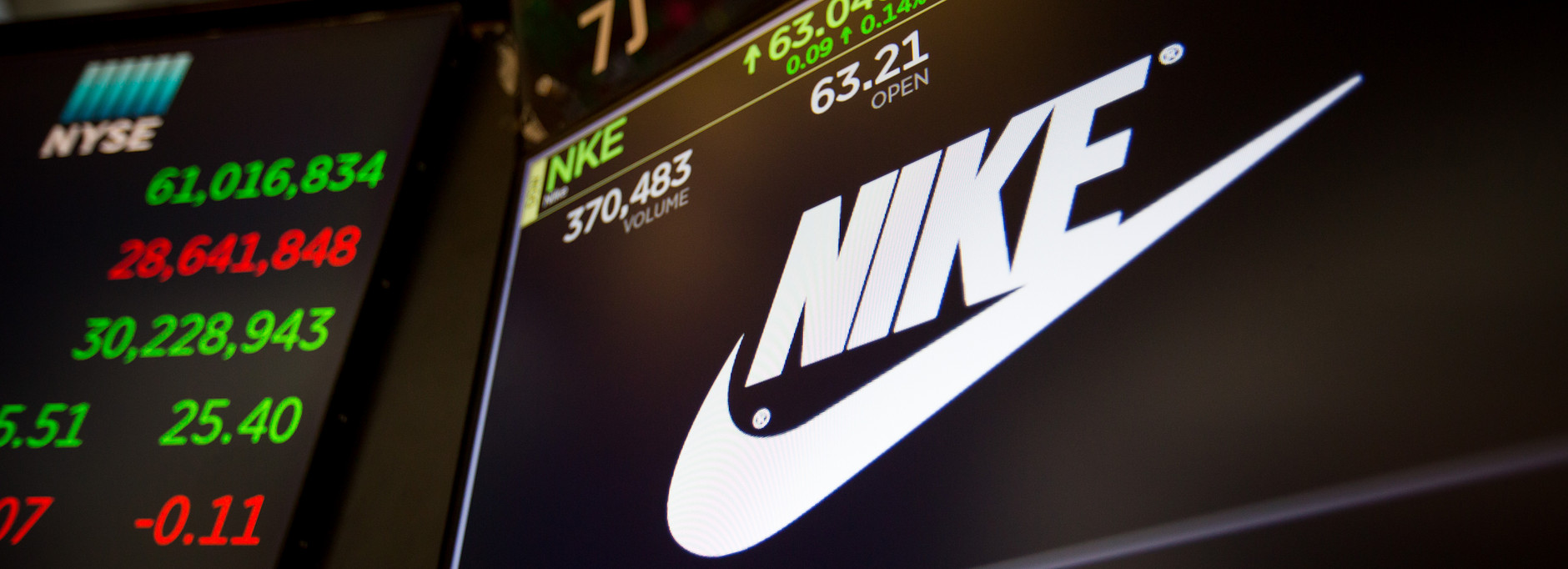
Shares of Nike acquired solid potential gain force after the organization delivered its monetary second from last quarter’s profit report. The organization revealed an income of $10.9 billion and GAAP profit of $0.87 per share, beating expert appraisals on both income and income.
The organization noticed that “NIKE Brand Digital business energized development, expanding by 22% [… ]”. Nike’s gross edge expanded to 46.6% regardless of production network issues and rising expansion.
The report featured Nike’s capacity to work in the current market climate because of the outcome of its computerized technique and its solid image. The market was content with the solid profit report, and Nike shares made an endeavor to settle over the $139 level.
What’s Next For Nike Stock? Examiners expect that Nike will report a profit of $3.65 per share in the current financial year and an income of $4.65 per share in the following monetary year, so the stock is exchanging at 29 forward P/E.
It should be noticed that profit gauges have been moving lower as of late as investigators were stressed over inventory network issues and the effect of rising expansion on shoppers’ capacity to buy Nike items.
The income report demonstrated that Nike had the option to show solid outcomes in the current market climate, so profit evaluations might begin to move higher in the impending weeks, which will be bullish for the stock.
The key inquiry is whether the market will pay around 30 forward P/E for a clothing organization in the increasing loan fee climate. Now, it looks that Nike stock will have a decent opportunity to acquire extra potential gain energy in the event that interest for more dangerous resources keeps on expanding notwithstanding international vulnerability and hawkish Fed.
Nike shares advanced 5.5% to power the blue-chip Dow as it beat quarterly profit and revenue expectations, and said manufacturing issues pinching sales over the past six months were now behind it.
In the upcoming quarter, supply chain issues that hit Nike factories in Vietnam and Indonesia will continue to pressure the company’s top line. It should be noted that almost 51% of Nike’s footwear and 30% of its apparel is made in Vietnam. In addition, increased investments in air freight to overcome supply chain and inventory challenges will also increase costs significantly in the second half. Moreover, commodities prices from the Russia-Ukraine conflict will also clip sales for Nike, particularly in Europe. That said, Nike is expecting markdowns to be lower than normal for the rest of fiscal 2022. The company is even planning on raising prices in the low single-digits in the second half of the year to account for some of the increased costs in the supply chain.











